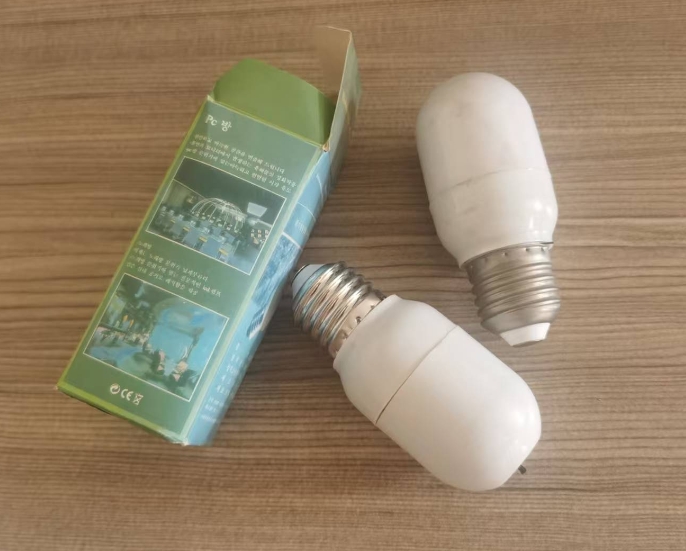
In today's era of advanced technology, people are constantly on the lookout for innovative solutions to enhance various aspects of their lives. One area of interest is the creation of optimal environments in sweat rooms. Sweat rooms, such as saunas and steam rooms, are designed to provide relaxation and health benefits. However, maintaining the ideal temperature and humidity levels can be a challenge. This leads us to the question: Are there any smart materials that can adjust the temperature or humidity levels automatically in sweat rooms?
Smart materials are those that can respond to external stimuli and change their properties accordingly. In the context of sweat rooms, such materials could potentially revolutionize the user experience. Imagine walking into a sauna or steam room and having the temperature and humidity adjust automatically to your comfort level. No more fiddling with controls or enduring uncomfortable conditions.
One possible smart material that could be used in sweat rooms is a thermochromic material. These materials change color in response to temperature changes. For example, a thermochromic material could be incorporated into the walls or benches of a sweat room. As the temperature rises, the material could change color to indicate that it is getting too hot. This visual cue could help users regulate their time in the sweat room and prevent overheating.
Another option is the use of hygroscopic materials. These materials absorb moisture from the air and can help regulate humidity levels. In a sweat room, hygroscopic materials could be placed in strategic locations to absorb excess moisture and keep the air at a comfortable humidity. Some hygroscopic materials can also release moisture back into the air when the humidity drops too low, helping to maintain a stable environment.
In addition to these materials, there are also emerging technologies such as smart sensors and actuators. These devices can detect changes in temperature and humidity and automatically adjust ventilation or heating systems to maintain the desired levels. For example, a smart sensor could be installed in a sweat room to monitor the temperature and humidity. When the levels deviate from the set range, the sensor could trigger an actuator to open or close vents, turn on a fan, or adjust the heating element.
While the idea of smart materials and technologies for sweat rooms is exciting, there are still some challenges to overcome. One issue is cost. Implementing these materials and technologies can be expensive, which may limit their adoption in commercial or home sweat rooms. Additionally, there may be concerns about durability and maintenance. Smart materials may require special care and maintenance to ensure their long-term effectiveness.
Despite these challenges, the potential benefits of smart materials in sweat rooms are significant. They could enhance the user experience, improve safety, and reduce energy consumption. As technology continues to advance, it is likely that we will see more innovative solutions for automatically adjusting temperature and humidity levels in sweat rooms.

